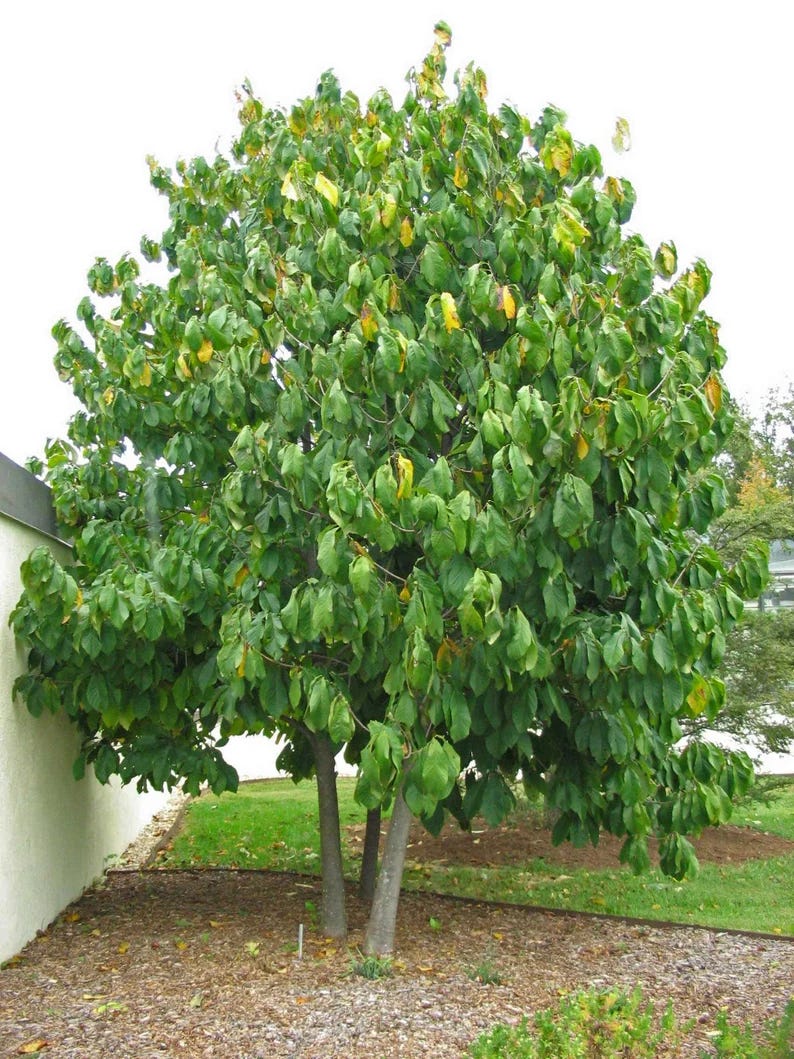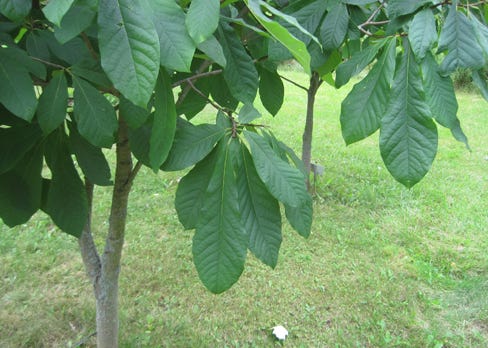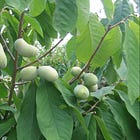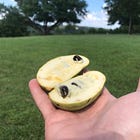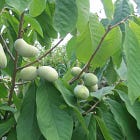Embracing the Local Legacy
Why the Pawpaw is Pennsylvania's Premier Tree
In the lush landscapes of Pennsylvania, where nature weaves a tapestry of vibrant ecosystems, the Pawpaw tree (Asimina triloba) stands out as a testament to the region's rich natural heritage. As a native species, the Pawpaw is not just a tree; it's a symbol of Pennsylvania's ecological identity. This persuasive essay delves into the compelling reasons why the Pawpaw is the best tree to grow in Pennsylvania, emphasizing its integral role as a native species.1
The Pawpaw tree's roots run deep in Pennsylvania soil, making it a true native of the Keystone State. Its presence in the region is a product of millennia of natural evolution, a testament to its perfect adaptation to Pennsylvania's climate and soil conditions. Unlike non-native species, the Pawpaw has co-evolved with local wildlife and ecosystems, forming a symbiotic relationship that promotes biodiversity and ecological balance.2
One of the most persuasive reasons to plant Pawpaw trees in Pennsylvania is their inherent adaptability to the local environment. Being native, these trees are naturally attuned to Pennsylvania's weather patterns, soil types, and ecological pressures. This intrinsic adaptation reduces the need for artificial support, making the Pawpaw a low-maintenance choice for gardeners and landscapers. They thrive where others might struggle, showcasing resilience in the face of Pennsylvania's varied climatic conditions.3
The ecological significance of the Pawpaw in Pennsylvania cannot be overstated. As a native species, it plays a critical role in maintaining the health and diversity of local ecosystems. The tree provides habitat and food for a plethora of wildlife, including the unique zebra swallowtail butterfly, which relies exclusively on Pawpaw leaves for its larvae. By planting Pawpaws, Pennsylvanians contribute to the preservation of these vital ecological interactions, safeguarding the state's biodiversity.
The Pawpaw tree is not only an environmental asset but also a cultural icon. Its historical significance in Pennsylvania goes back to the indigenous communities and early settlers who valued the tree for its nutritious fruit. Today, it symbolizes a connection to the land and a respect for the state's natural heritage, inspiring a sense of pride and stewardship among Pennsylvanians.4
The case for the Pawpaw tree as Pennsylvania's premier choice for planting is clear and persuasive. As a native species, it offers unparalleled ecological benefits, thrives with minimal intervention, and holds a special place in the state's natural and cultural history. By choosing to plant Pawpaw trees, Pennsylvanians are not just adding beauty to their landscapes; they are making a conscious decision to nurture and preserve a piece of their environmental legacy. The Pawpaw, in its quiet, unassuming way, is a beacon of sustainability, a reminder of the importance of rooting in tradition while looking forward to a greener future.5
Learn More About Pawpaws
The Native Pawpaw Tree — Penn State Extension
Pennsylvania’s Forgotten Fruit: the Pawpaw — Brandywine Conservancy


